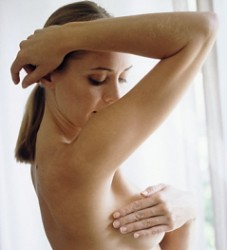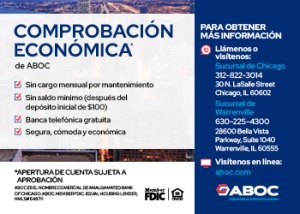By: James N. Martin, Jr, MD
President, The American Congress of Obstetricians and Gynecologists
 Nearly one half of all cases of breast cancer in women 50 years and older and more than 70 percent of cases in women younger than 50 years are discovered by women themselves, frequently unintentionally. If breast cancer is found and treated early, most cases can be cured. Because women play such a major role in detecting breast cancer, it’s important for them to develop breast self-awareness, or an understanding of the normal appearance and feel of their breasts.
Nearly one half of all cases of breast cancer in women 50 years and older and more than 70 percent of cases in women younger than 50 years are discovered by women themselves, frequently unintentionally. If breast cancer is found and treated early, most cases can be cured. Because women play such a major role in detecting breast cancer, it’s important for them to develop breast self-awareness, or an understanding of the normal appearance and feel of their breasts.
Breast self-awareness differs from traditional breast self-exams in that it doesn’t require women to examine their breasts at specific intervals or with a precise method. Instead, breast self-awareness emphasizes having a solid sense of what is normal for your breasts so you are better able to recognize any changes, no matter how small, and report them to your doctor. Most breast problems, especially in young women, are not cancer. Common breast problems include:
Fibrocystic changes: which may make your breasts feel lumpy and tender and often occur near the time of your period. Fibrocystic changes may also cause breast pain, itchiness, and swelling.
Cysts: or small sacs filled with fluid, which can be almost any size, on your breasts. They usually develop in women ages 25–50 and in women who are taking hormone therapy after menopause. Cysts are benign in most cases.
Fibroadenomas: or solid, non-cancerous lumps, which occur most often in young women. These lumps appear in both breasts, usually in an even pattern.
If you see a change in your breasts at any time, your doctor should examine them. He or she will review when you first had symptoms and how long they have lasted. Your doctor will also ask questions about your medical history to check for other factors that could point to an increased risk of breast cancer. For more information, go to cancer.gov/cancertopics/screening/understanding-breast-changes.









